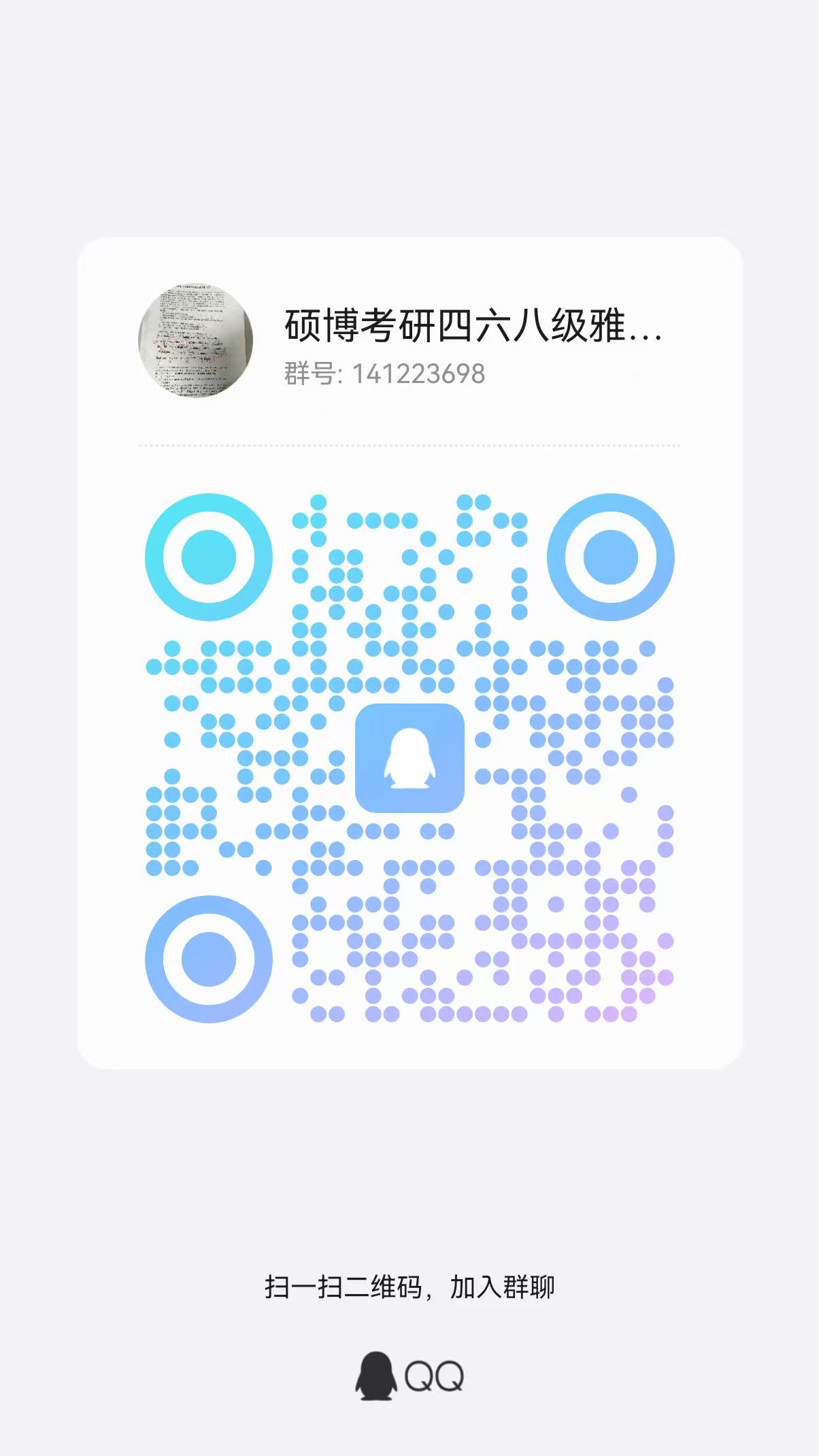Wd提问: ai网站版
Ai批改: Creating an AI website can be a complex task that involves several steps, from planning and designing to developing and deploying、Below is a simplified guide to help you get started with creating a basic AI-powered website、This guide assumes you have a foundational understanding of web development and Python.
Step 1: Plan Your Website
1、Define the Purpose: Determine the purpose of your AI website、Is it to provide information, offer services, or perhaps integrate AI models for tasks like image recognition, natural language processing, or predictive analytics?
2、Identify Your Audience: Knowing your audience will help you decide on the features and complexity of your website.
3、Choose a Domain Name: Pick a unique and relevant domain name for your website.
Step 2: Design Your Website
1、Wireframe and Prototype: Sketch out a basic wireframe of your website's layout and user flow、Tools like Figma, Adobe XD, or Sketch can help.
2、Select a Color Scheme and Templates: Decide on a color scheme and choose a template or design theme that matches your purpose and audience.
Step 3: Choose Your Tech Stack
For an AI-powered website, you'll likely use:
Frontend: HTML/CSS/JavaScript for structure, styling, and interactivity、Frameworks like React, Angular, or Vue.js can be helpful.
Backend: Python with frameworks like Flask or Django for handling server-side logic, database integration, and AI model interactions.
AI/ML Frameworks: TensorFlow, PyTorch, or Scikit-learn for building and integrating AI models.
Step 4: Develop Your Website
Backend Development
1、Set Up Your Backend:
Install Python and a framework of your choice (e.g., Flask or Django).
Set up a database (e.g., MySQL, MongoDB) for storing and retrieving data.
2、Integrate AI Models:
Develop or obtain AI models using TensorFlow, PyTorch, or Scikit-learn.
Use APIs or direct integration to incorporate these models into your backend.
3、Create APIs:
Build RESTful APIs to communicate between your frontend and backend.
Frontend Development
1、Build Your UI/UX:
Use HTML/CSS to create the layout and style of your website.
Implement JavaScript to add interactivity.
2、Consume APIs:
Make AJAX requests or use fetch API to communicate with your backend.
Step 5: Deploy Your Website
1、Choose a Hosting Service: Select a hosting service that supports Python applications, such as Heroku, AWS Elastic Beanstalk, or DigitalOcean.
2、Deploy: Follow the hosting service's guidelines to deploy your website.
Example with Flask and TensorFlow
Here's a simple example using Flask for the backend and TensorFlow for a basic AI model:
Backend (Flask)
python
from flask import Flask, request, jsonify
import numpy as np
import tensorflow as tf
app = Flask(__name__)
Simple TensorFlow model
model = tf.keras.models.Sequential([
tf.keras.layers.Dense(10, activation='relu', input_shape=(10,)),
tf.keras.layers.Dense(1)
])
@app.route('/predict', methods=['POST'])
def predict():
data = request.get_json()
Process data and make prediction
prediction = model.predict(np.array(data['input']))
return jsonify({'prediction': prediction[0].tolist()})
if __name__ == '__main__':
app.run(debug=True)
Frontend
You would then make AJAX requests to `http://yourwebsite.com/predict` with input data to get predictions.
Step 6: Maintain and Update
Monitor Performance: Use analytics tools to monitor your website's performance.
Update Models: Periodically update your AI models with new data to improve accuracy.
This guide provides a high-level overview、The specifics can vary greatly depending on your project's requirements, the complexity of your AI models, and your tech stack、Consider leveraging existing frameworks and tools to simplify the process.
0
IP地址: 136.215.159.150
搜索次数: 69
提问时间: 2025-04-13 03:38:38
热门提问:
100克建行金价格
黄金项链实心款式
华宝高端装备股票发起式C
北京黄金回收今日报价
天弘创业板300ETF发起式联接A
石家庄翡翠鉴定中心
外汇有杠杆么
外汇周末可以出金吗
国际田联黄金联赛
重庆今天金价多少一克
豌豆Ai站群搜索引擎系统
关于我们:
三乐Ai
作文批改
英语分析
在线翻译
拍照识图
Ai提问
英语培训
本站流量
联系我们

友情链接:
Search website
月饼
ai提问
温馨提示:本站所有问答由Ai自动创作,内容仅供参考,若有误差请用“联系”里面信息通知我们人工修改或删除。
技术支持:本站由豌豆Ai提供技术支持,使用的最新版:《豌豆Ai站群搜索引擎系统 V.25.05.20》搭建本站。
















